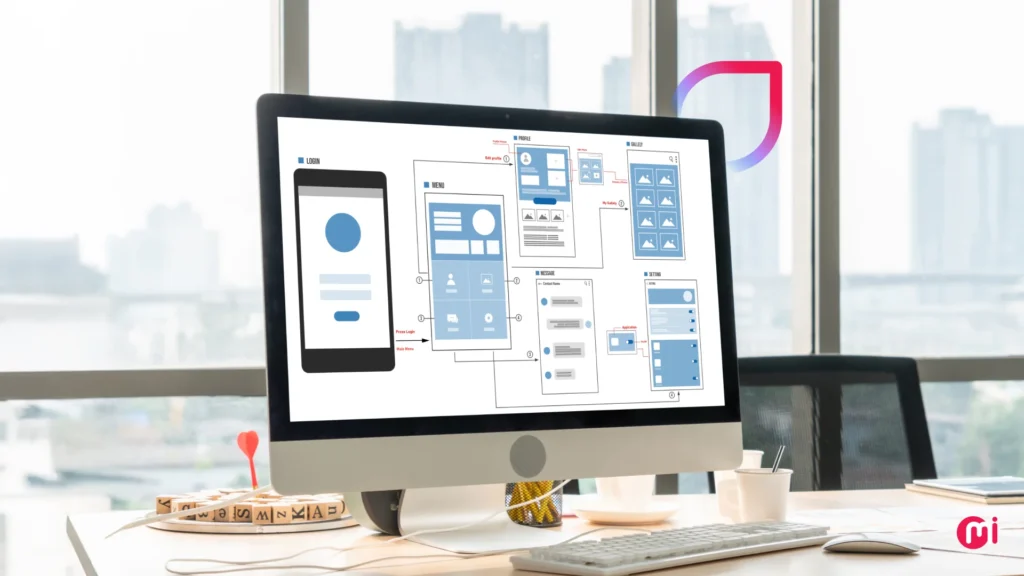Software prototyping is a crucial step in the software development process. It involves creating a preliminary version of the software to explore design ideas, test user interactions, and validate key features early on. Prototypes can range from low-fidelity wireframes to high-fidelity clickable mockups, helping teams gather feedback and identify improvements before committing to full-scale development.
Benefits of prototyping in software development are immense. It helps increase the time to market by catching issues early, reduces development costs by validating ideas before committing to full-scale development, and reduces requirement errors by improving communication between stakeholders. Additionally, prototyping increases user satisfaction by involving end users early in the design process, leading to software that aligns with real user needs. Moreover, prototyping improves project success rates by providing a clear roadmap for development.
There are four main types of software prototyping: rapid (throwaway), evolutionary, incremental, and extreme. Each type serves a different purpose based on project goals, timeline, and technical needs. Rapid prototyping involves quickly building a simplified version of the software for initial stakeholder presentations or internal alignment. Evolutionary prototyping focuses on building a functional prototype that is continually improved through iterative development. Incremental prototyping involves building the software in parts or modules, while extreme prototyping is a specialized approach used primarily in web application development.
Creating a software prototype involves seven essential steps. These steps include conducting research and requirement analysis, comprehending requirements, preliminary design, creating the prototype, testing and reviewing the prototype, revising and improving, and implementing and maintaining the prototype. Following these steps ensures a successful software prototyping process.
Best practices to follow for prototyping in software development include defining clear goals, starting simple, involving stakeholders early, and selecting the right tools for the prototype’s goals. By following these best practices, teams can ensure that their prototyping process moves in the right direction.
Challenges of prototyping in software development include unclear requirements, cost and time constraints, inefficient iteration cycles, and technical feasibility issues. These challenges can be overcome by improving communication and collaboration, starting small, adopting agile methodologies, involving developers early in the process, and making technical feasibility part of the validation criteria.
When deciding whether to prototype internally or collaborate with a software development company, it’s essential to consider factors such as bandwidth, clarity of requirements, and technical expertise. Collaborating with a software development company can provide access to a dedicated team with expertise across different industries and platforms, helping accelerate the prototyping process and reduce risks.
In conclusion, software prototyping is a strategic advantage that bridges the gap between concept and execution, reduces risk, clarifies requirements, and sets the foundation for building the right product. By following best practices, overcoming challenges, and collaborating effectively, teams can leverage prototyping to transform good ideas into great solutions faster and more efficiently.

